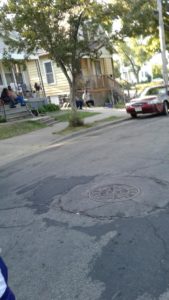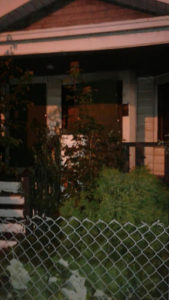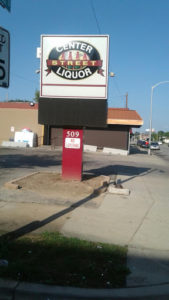We met with a group of six students from North Division over a three week period during the school’s Wednesday night twilight programming. Our objective was to see if students were willing to share and document their concerns around getting to and from the North Division to attend both school and the twilight program, which runs from 6:30 to 9:00 PM.
Staff from the twilight program sat in on each session.
Over the course of our discussions, the students noted a number of situations where they feel less safe:
- For the girls in the group, having men they did not know call out to them as they walk down the street was un-nerving. This was particularly true with older men who had been drinking, since the girls did not know “what they were up to”.
- Cars often speed through intersections while they are trying to cross the street. This issue is even more of a concern on heavily trafficked streets.
- They associate cars driving slowly down the block with possible drive-by shooters
- Students feel less safe being out at night
- Students feel less safe when they are alone
- Students fear getting jumped by other people they see on their way to or from school
- Though less of a problem now, they feared being victims of the point-out/knock-out game
- Students feel less safe when walking down a block where there has been a drive-by shooting and will tend to avoid it for two to four weeks afterwards
- Students fear getting robbed on a city bus, or as soon as they exit the bus
- Students fear walking down streets where they see people they do not trust.
- Girls in the group felt safer if a boy was walking with them.
- Students don’t trust that if they were hurt on their walk that anyone would come to their aid.
- Students don’t count on the police to be able to help or trust asking them for help.
- Students have the experience that ambulances are not in a hurry to travel to an incident scene in their neighborhood. They equate this with a lower chance of survival should something happen to them.
Students also identified a number of situations that help them feel safer on the journey to/from school:
- Having a house or store within running distance (one to two blocks) where they know someone provides a greater sense that they could find help. A store where they do not have a relationship with the owner or an employee does not provide a sense of safety.
- Walking with a one or more other students provides a greater sense of safety
- Having a backup route in mind that allows the student to avoid a risk they see on their current path provides a greater feeling of safety than cases where they they need to take a different route but don’t know what they will find there.
- Students feel safer when there are others coming to or leaving school at the same time.
- Students described the greatest feeling of safety when riding in a school bus or van. In their experience, a staff person (in addition to the bus driver) would be on board to ensure students weren’t hassled. They described riding in a school shuttle with friends, as fun– they felt safe being off the street and were able to relax.




